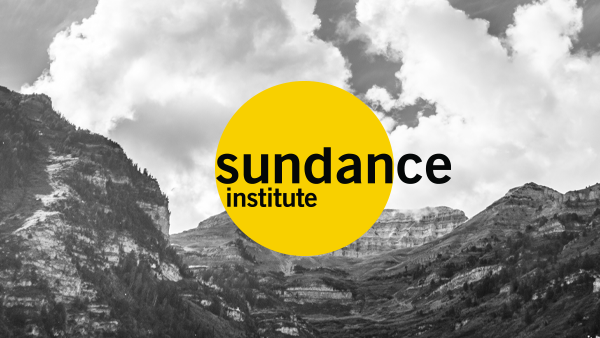Roger Tinch
This is a continuation of wrap-up notes from the mega-panel known as “Is There a Doctor in the House?” Moderated by Eugene Hernandez, indieWIRE Editor-in-Chief; and Peter Broderick, head of Paradigm Consulting and sage in the new distribution landscape, the panel was split into four different sections with different panelists. You can find Take 1 here and Take 2 here. This third group included Richard Abramowitz from Anvil! The Story of Anvil; Sandi Dubowski, director of Trembling Before God; Chris Hyams, founder and CEO of B-Side; Tim League, founder of the Alamo Drafthouse and Cora Olson, producer of Good Dick.
Movie as an Event
Abramowitz: The experience of the Anvil! live event after the screening is not only just fun, but because of the film you come to know them in a very personal way and to see them step off the screen and be exactly as they were portrayed it engendered an enthusiasm for the film that powered word-of-mouth. We did a bunch of concerts throughout the country. In one venue in Little Rock they pulled benches into the theatre so more people could watch. What it showed is we took a film and a live event and made 1 + 1 = 5 because the experience was way more then what those would have been on their own. Partly as a result of that I’ve created a company that finds films with a very specific audience, mostly social issue or music performance films, that comes with a live event component. What we’re trying to do is in effect create a grassroots army fully committed to the subject matter.
Movie as a Movement
Dubowski: Trembling Before God was a Sundance film that was about Hassidic and Orthodox Jews who were either lesbian or gay. No on ever said there was a wide audience for that, but we proved them wrong. I never really did distribution, I always felt like I worked with partners in distribution. Anyone who came on board were partners for life. When we were in cinemas we just didn’t do a simple release, we really made it an event every night that drove engagement. Organizations would sponsor each night in a certain city. When we were in Film Forum we lasted four and a half months in the theatre because we were constantly building audiences into the theatrical space. I ended up doing 800 live events around the world with the film. It seems like fiction directors are staring into this abyss and having this conversation for the very first time, but documentary filmmakers have had a decade more in finding a way to move, fund, turn movies into movements. There’s a lot of exchange that can happen between the fiction and doc worlds that I feel isn’t happening.
Harnessing Audiences
League: We have several theatres in Austin, TX and a programming team of seven people. We meet every Monday to discuss our strategy for that upcoming weekend and long-term planning of what we’re going to be showing down the road. At that meeting we discuss what are the sort of “exploitable” angles of the films that are out there. What are the communities that we can reach directly? Do we feel we can find an audience for whatever film that is? We’ve strategically built micro-audiences over the years, but the sad thing is I don’t really have an audience for a narrative fiction with no stars. I don’t know what audience is. The only audience that could possibly be is perhaps the festival audience. The biggest audience we play a lot with is the genre audience, meaning horror, sci-fi and fantasy. We just opened, for example, A Town Called Panic, which probably will not get played outside of New York or L.A., but we just had a $6,000 gross this weekend which is pretty good for a film like that. We don’t lead them astray very often so when we say, “We’re damn excited for this film and you should be too,” they’re willing to run to friends and say it’s important to come out and see this movie.



